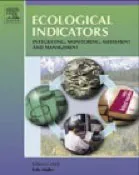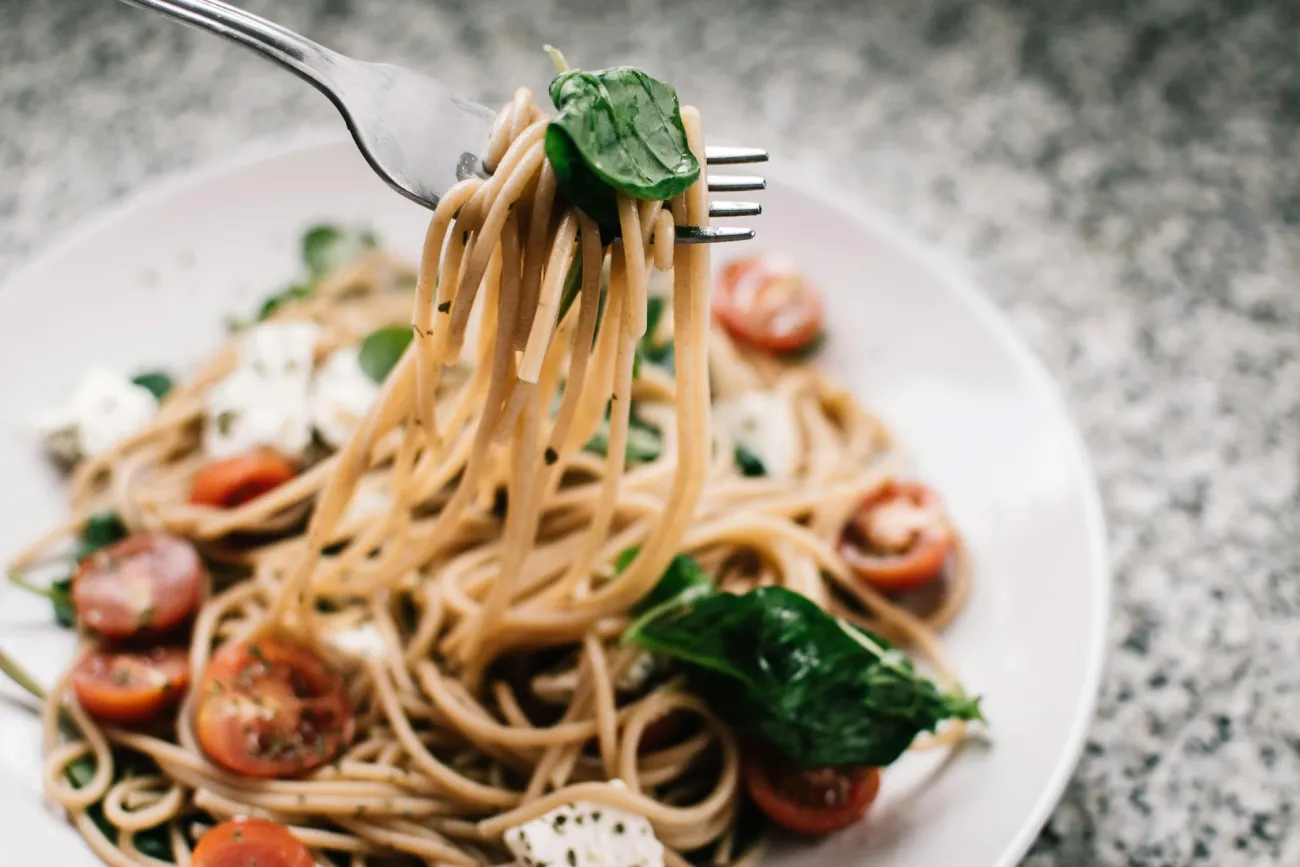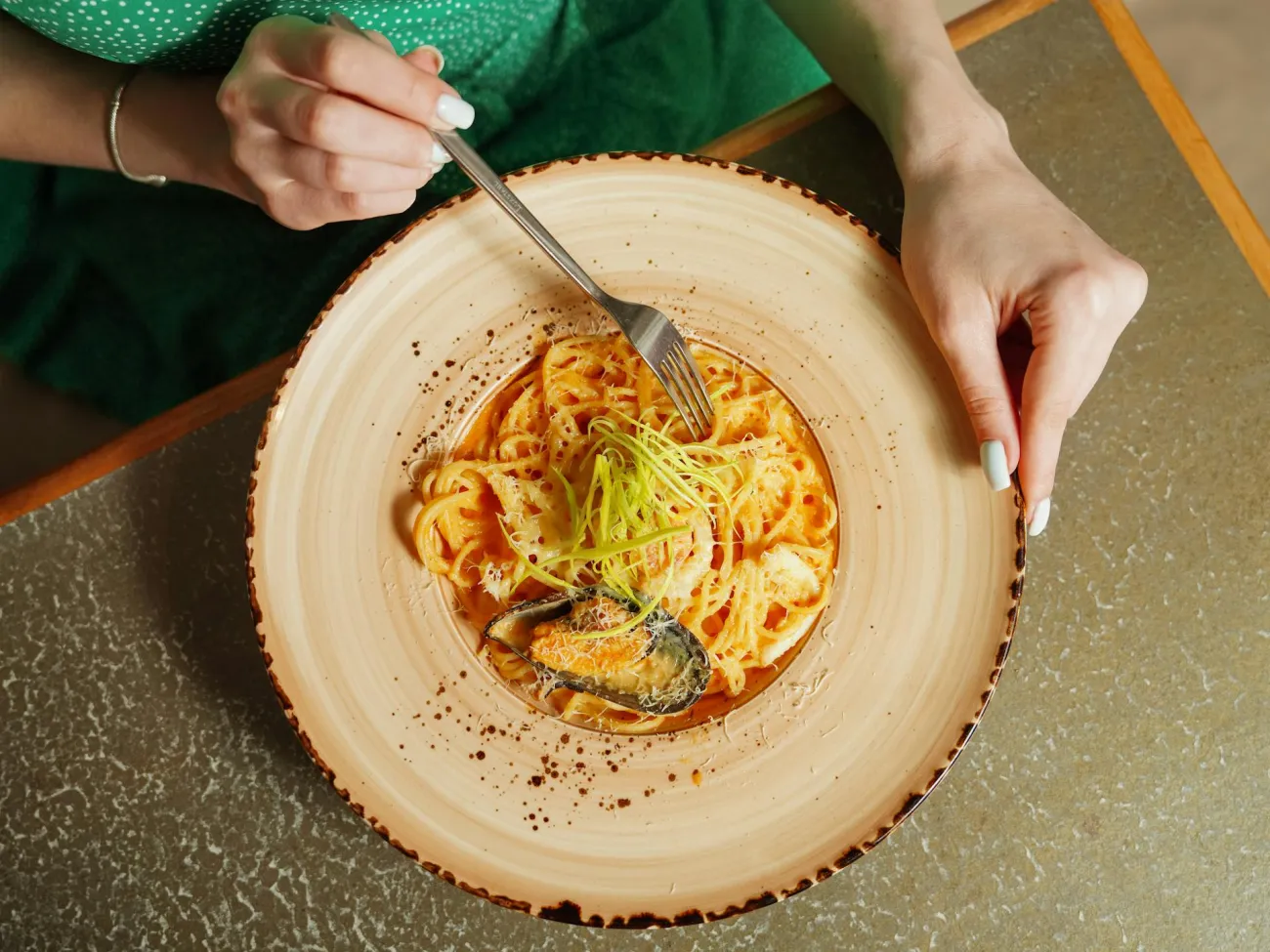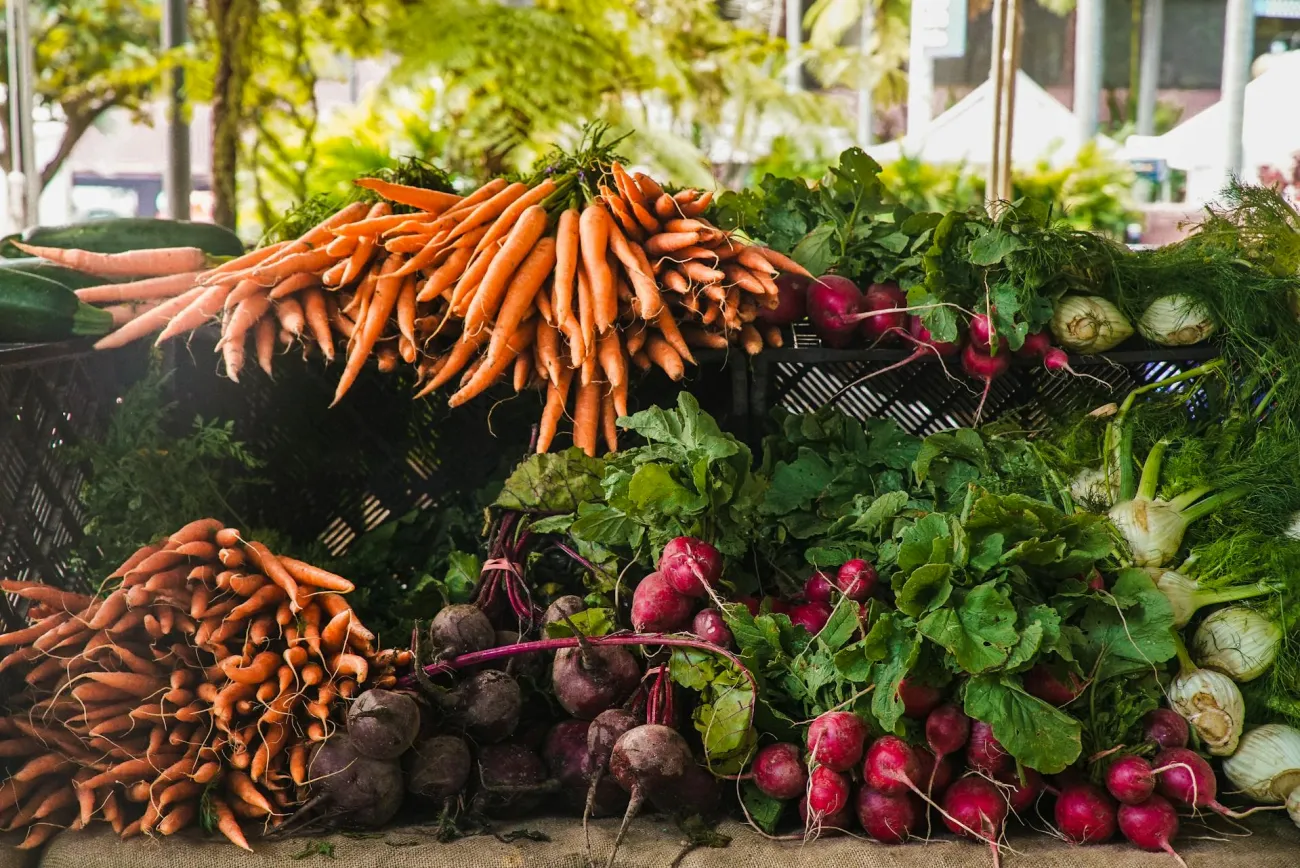This paper models the water footprint requirements of different diets. It concludes that vegetarian diets are less water intensive (both in terms of overall water use and ‘blue’ or irrigated water use) than current average EU diets.

Abstract
In this paper, the EU28 (EU27 and Croatia) water footprint of consumption
(WFcons) for different diets is analysed: the current diet (REF, period 1996–2005), a healthy diet (DGE), a vegetarian (VEG) and combined(COM)diet. By far the largest fraction of the total WFcons (4815lcd) relates to the consumption of edible agricultural goods (84%). The average EU28 diet is characterised by a too high energy intake and a too high ratio of animal to vegetal protein intake. For a healthy diet, the intake of some product groups should be reduced (sugar, crop oils, meat and animal fats) and of other product groups increased (vegetables and fruit). Especially the consumption of animal products accounts for high WF amounts. The three alternative diets result in a substantial reduction (−974lcd or −23% for DGE, −1292lcd or −30% for COM, −1611lcd or −38% for VEG) of the WFcons for agricultural products with respect to the existing situation(REF, 4265lcd). The reduction in meat intake contributes most to the WF reduction. Each of the specific WF components (green, blue and grey) shows a reduction similar to the observed reduction in the total WFcons. Regarding the total WFcons (green, blue and grey WFcons) as well as the WFcons without the grey WF component(green+blue WFcons)for agricultural products, the EU28 shifts from net virtual water (VW)importer for the REF and DGE diets to net exporter for the COM and VEG diets
Further information
At present, the product that contributes most to the total water footprint of consumption (for green, blue and grey water) is milk (and derived products), with meat products also all having high values. All meat products have high WFcons values. Some specific products have a relatively large contribution to green water consumption (coffee, cocoa and wheat), while other products, particularly cotton and rice, have a relatively large contribution to blue WFcons.

The EU28 WFcons (in lcd) for different products and WF components, sorted according to quantities.
This next figure shows the modelled differences in a. overall water consumption and b. blue water consumption arising from different scenarios, with vegetarian diets the least water demanding.

The paper is available to download, open access, here.
Citation: Vanham D, Mekonnen M M and Hoeistra A Y (2013). The water footprint of the EU for different diets. Ecological Indicators 32 1–8




Comments (0)